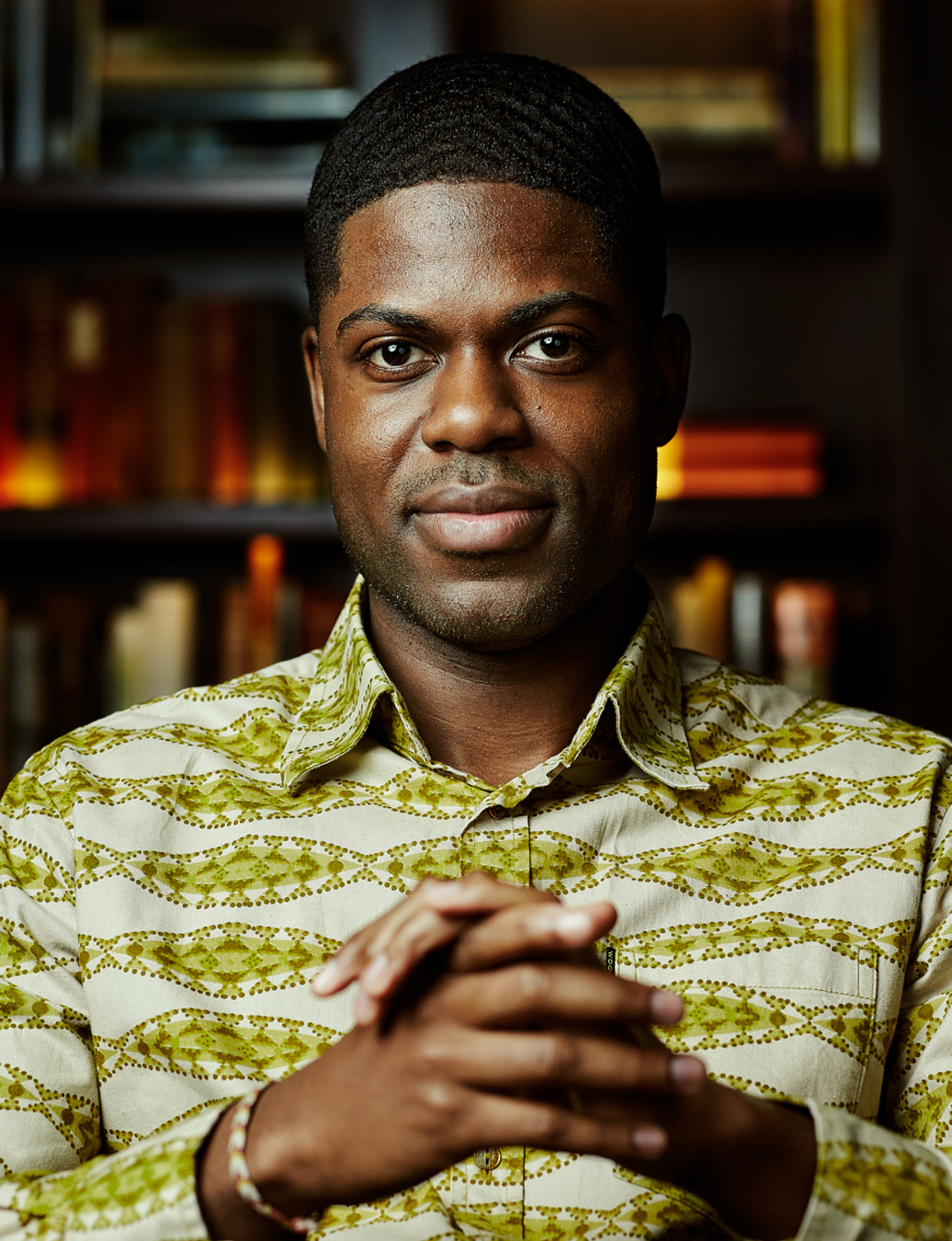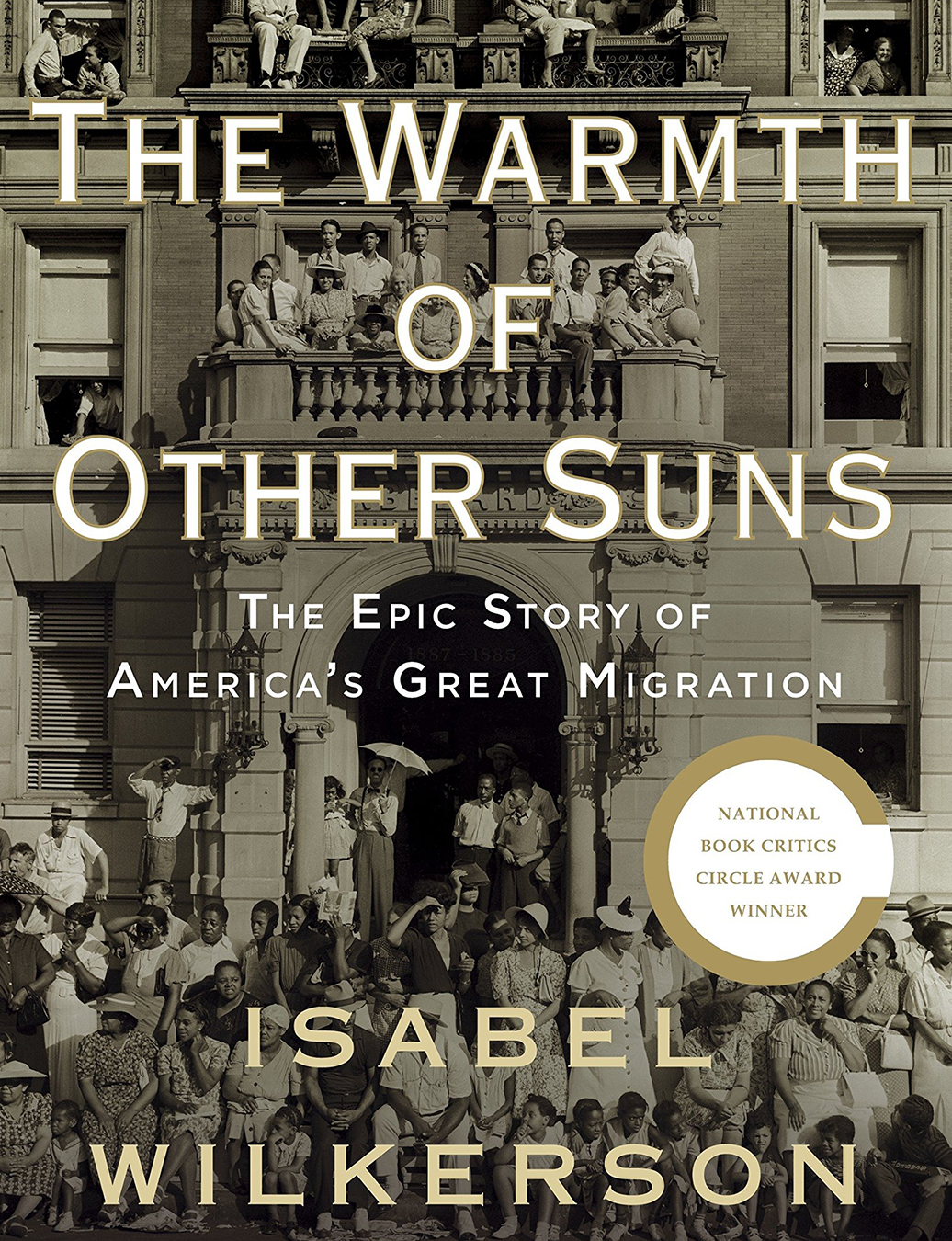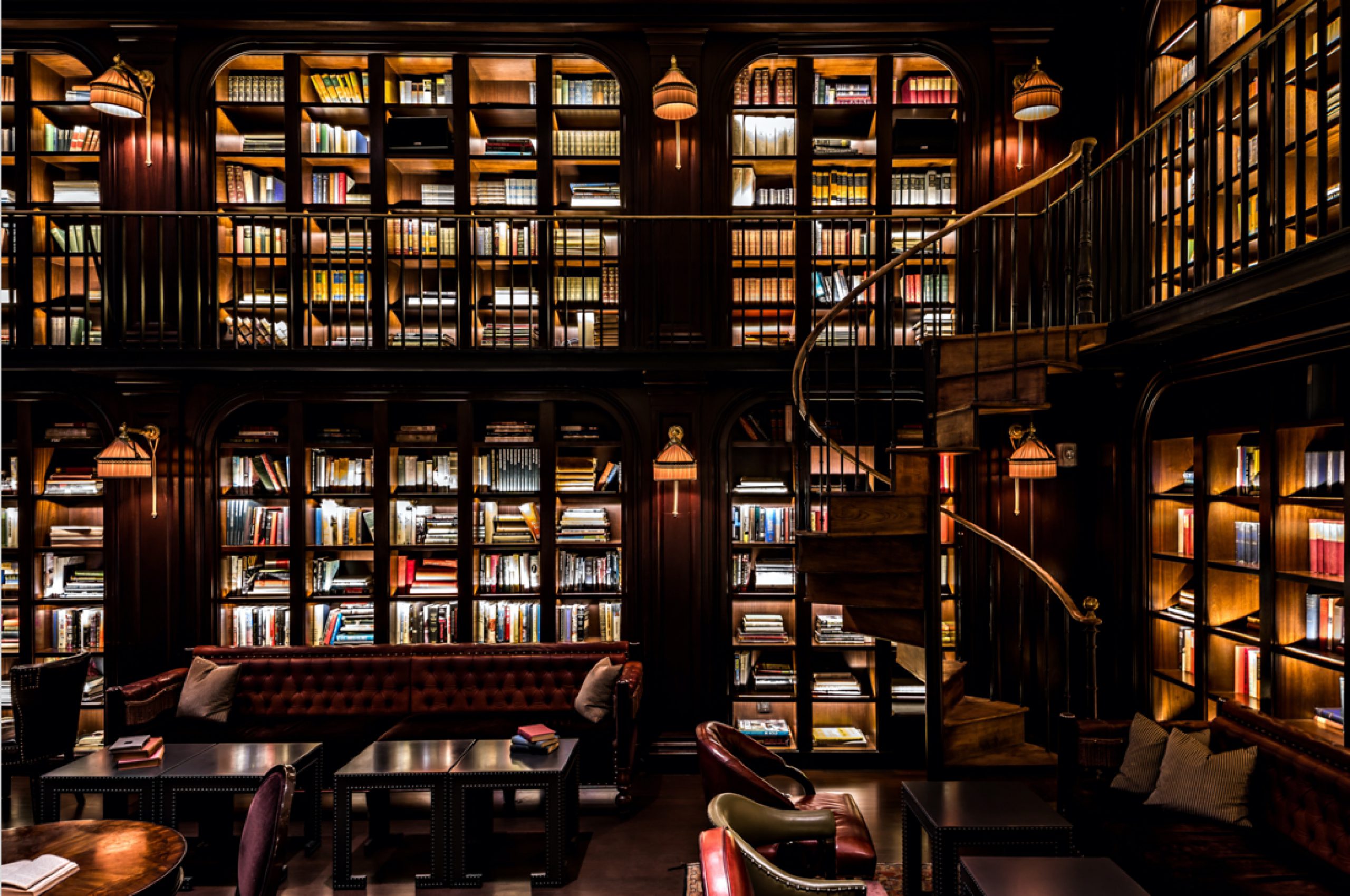Shelf Life: Inside The NoMad Library Collection
On a visit to NoMad New York this winter, Kwasi Hope Agyeman spent some time perusing the books on the shelves in the Library. What ensued was a series of wonderful social media videos exploring the collection and the histories contained within it; at a time when travel is limited, the videos transported us to the many worlds that live there. We loved his series so much that we partnered with Kwasi during Black History Month to add titles to the Library that broaden the range and diversity of voices, perspectives and histories.
We sat down with Kwasi to talk books, Black history and becoming our resident Library expert.
Sadly, the Library is currently closed for food and beverage service until further notice due to the pandemic; we invite all guests at NoMad New York to explore the Library when its reopens – far more than decoration, the books on the shelves are meant to be discovered and loved.
Tell us a little bit about yourself.
I am a professionally trained historian from New York City and I enjoy sharing hidden stories. Since I was a kid, I loved discovering facts about a person or a place from the past and then thinking about how it connects to our current lives. For the past 10 years and through graduate school, I have been fortunate to work as a historian at many places from a U.S. National Park site, the U.S. Capitol building and even on a historic steamboat.
You’ve been making videos exploring the NoMad New York Library for a while. How did your interest in exploring the collection begin and what insights have you gleaned from spending time with the books?
The NoMad New York Library is one of the best meetup spaces in the city and I always wondered if the books were real. I decided during a recent visit to open up the books to better understand the library’s collection. I quickly discovered that the collection had lots of books connected to French history and culture. From there, I began thinking of ways I can could share my collection findings with others. I started the first video on Napoleon and his Black rival, General Thomas Alexandre Dumas and it did very well online. From there, I began to regularly post history book reviews from the Library collection. The videos developed an online audience and I was pleasantly surprised.
"Books are the voices of the forgotten and when we work together to pull out hidden stories, we bring value into our daily lives."

What’s your favorite book that you have found on the shelves? Any other exciting or unexpected finds?
My favorite book in the collection is “The Josephine Baker Story” by Claude-Jean Baker because it is one of the few books in the collection with a focus on a global Black superstar. Josephine Baker was born into poverty in Jim Crow St. Louis and rose to become an international singer, famous actress and even a French WWII military spy. The book was a great find along with others such as “The Age of Napoleon” which is one of the best introductory reads on the French general and “The Tweed Ring” a colorful account of the New York City political machine of the 1870s.
You recently partnered with us to select some additional titles for the Library, focused on Black history and the Black experience. Thank you. Tell us a little bit about the titles you selected to add.
Partnering with the Library is a great opportunity, I believe working together to add a range of diverse titles strengthens the overall collection and enhances the visitor experience. I selected five books focused on Black history and culture to further develop a balanced, robust and enjoyable collection. My first addition is “The Bluest Eye” by Toni Morrison because it brings the reader up close to the Black experience from the viewpoint of a young girl struggling to fit in. The book delves into conformity, beauty standards and class issues. There are also many strong points that anyone can pick-up from reading a few pages.
The second addition is “Before Color Prejudice” by Harvard-educated Professor Frank Snowden. His book shows that in ancient Rome and Greece racial prejudice was not an issue. The book explains that most Africans in Rome and Greece were warriors, statesmen and were not slaves. This book fits well within the Library’s collection on ancient societies.
Next is “The Warmth of Other Suns” by Isabel Wilkerson because it explains the desires and challenges that led almost six million Black people from 1915 to 1970, to leave the South. The book follows three individuals heading North and I can see the NoMad Hotel (which was built in 1900) as being part of the hustle and bustle of that era.
Then there is “Black Fortunes” by Shomari Willis which is a must-read for anyone adapting to a major change or facing an insurmountable challenge. Here are the stories of several African Americans millionaires, many of whom were born slaves and yet found a way to personal and financial freedom. The book is a great conversation starter and I can see it being a local favorite that visitors pickup in between meals and meetups.
The last book is “100 Amazing Facts About the Negro” by PBS Show Finding Your Roots host Henry Louis Gates. It is a fun and highly instructive guide to Black accomplishments in the U.S. and around the world. Celebrating Black success is often limited to a month or a shortlist of icons, this book opens up a bigger discussion on hidden facts. One of my favorites is that the first Africans to arrive in America were not slaves. Juan Garrido, a free Black man, came to America in 1513. He was a sailor and a Spanish conquistador who traveled with Ponce de Leon.
In the future, what other areas of the library collection would you like to see expand? How could the books better tell the story of our city, our culture and our history?
As a historian, I would like to see more books that cover the narratives of women, recent immigrants and the LGBTQ community. Books are the voices of forgotten and when we work together to pull out hidden stories, we bring value into our daily lives. The Josephine Baker book is a starter example of a story that could connect with a wide variety of people. Baker moved to NYC to chase her dreams and after facing several roadblocks, she reached her goal of being a global entertainer. The book really opens up the excitement of the city, explores the social norms of the 1920s and pushes readers to realize anything can be possible with consistency and passion. The library’s diversified collection can be a starting point for event meetups, author discussions and much more.





